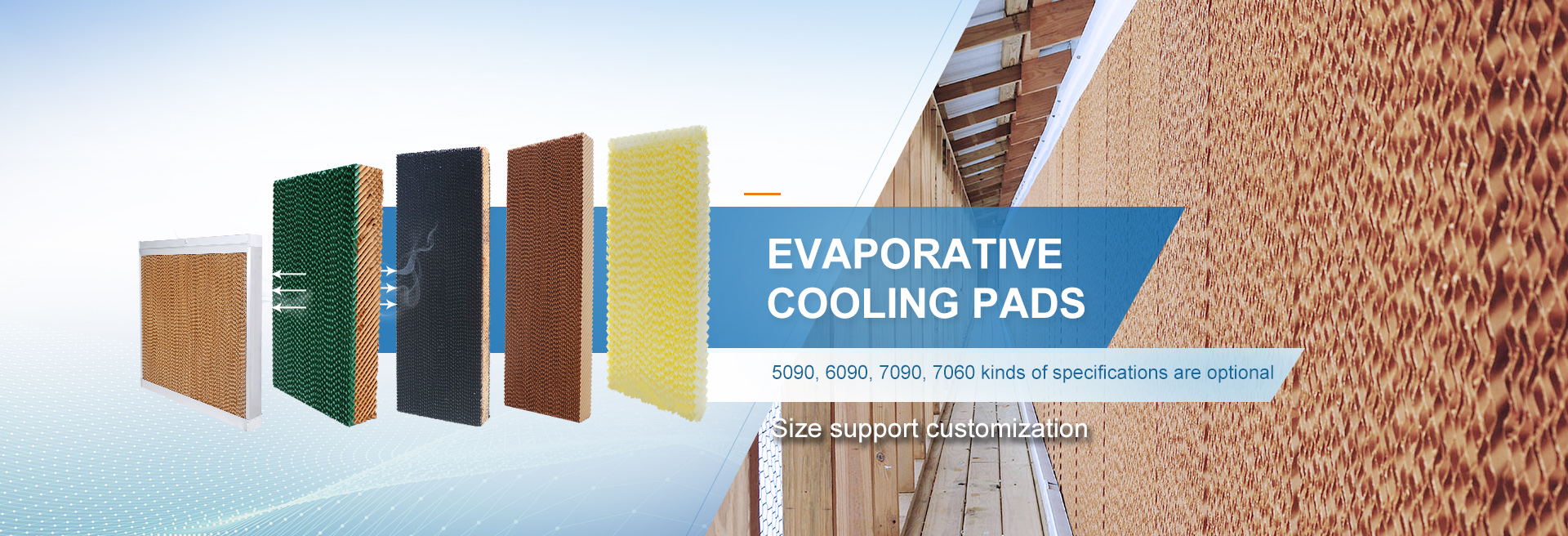FRP exhaust fan is a product with a wide range of uses. It has the advantages of simple structure, cheap price, easy scrubbing, small size, convenient installation, and it is very popular among people. In the factory, it can be used to extract waste gas in the workshop, and it can also be used to remove smoke and unclean air in offices or entertainment places.
The FRP exhasut fan is mainly composed of a motor and fan blades, which are assembled on the fan base or shell, and through the current input, the motor drives the exhaust impeller to rotate to achieve the exhaust function. FRP exhaust fans will produce vibration and noise during operation, and the level of noise is an important aspect to evaluate the quality of products, so only the production of low-noise cooling fans will win in the fierce market competition.
We have analyzed for you the reasons and solutions for the abnormal noise phenomenon after the installation of the FRP negative pressure fan.
Reason 1: The FRP exhaust fan is too tightly in contact with the window frame during installation, so that the window frame resonates when the FRP negative pressure fan is running.
Solution: Properly reduce the filler between the window frame and the fan, and fill it with softer materials. If the installation bottom is not stable, the bottom plate should be stabilized, and the installation should be stable and firm.
Reason 2: The installation of the FRP exhaust fan is not good. The installation should be in a suspended state, and the spring of the foot bolt should not be crushed to death.
Solution: Arrange the maintenance personnel to adjust the installation state of the FRP exhasut fan so that it is suspended.
Reason 3: The vibration-absorbing pad or fixing screw of the FRP exhaust fan base is too tight, and the vibration-absorbing effect is lost, and vibration noise is generated during operation.
Solution: Adjust the tightness of the screws of the vibration damping pad of the FRP exhaust fan base to make the base surface flat.
Reason 4: The power supply voltage is too low, and when the FRP exhaust fan starts or runs, it produces abnormal noise and vibration.
Solution: Control the power supply voltage within the rated voltage range. A voltage stabilizer or power regulator is usually an option to stabilize the voltage.
Reason 5: The blades of the FRP exhasut fan collide with the fan casing (hood).
Solution: Adjust the fan blades.
Reason 6: The bearing of the fan motor of the FRP exhaust fan is poor, the screws of the axial flow fan base are loose, the fan blades are not fixed on the shaft, and the gap between the top of the fan blades and the cover body is too small, etc.
Solution: Replace the FRP exhaust fan motor bearing and fasten the screws on the base and shaft of the axial flow fan. Adjust the distance between the top of the blade and the casing according to the requirements of production technology, generally not greater than 1.5% of the length of the blade.
Reason 7: The base screws of the FRP exhaust fan are loose, the impeller is poorly assembled, the speed is too fast, and the fixing screws on the shaft are loose, etc.
Solution: Tighten the screws on the fan base and shaft of the FRP exhaust fan. Reassemble and adjust the impeller clearance according to the technical requirements.
Nantong Yueneng Energy Saving and Purification Equipment Co., Ltd. has conducted in-depth research in the field of negative pressure fans. It strictly follows the standards from model selection to construction, so as to serve customers wholeheartedly and provide you with a fresh working environmen









